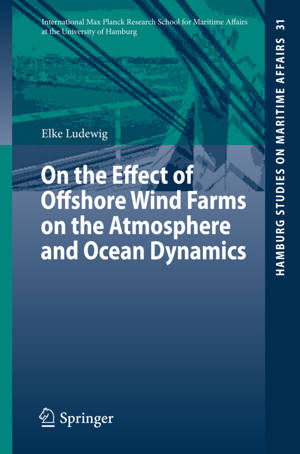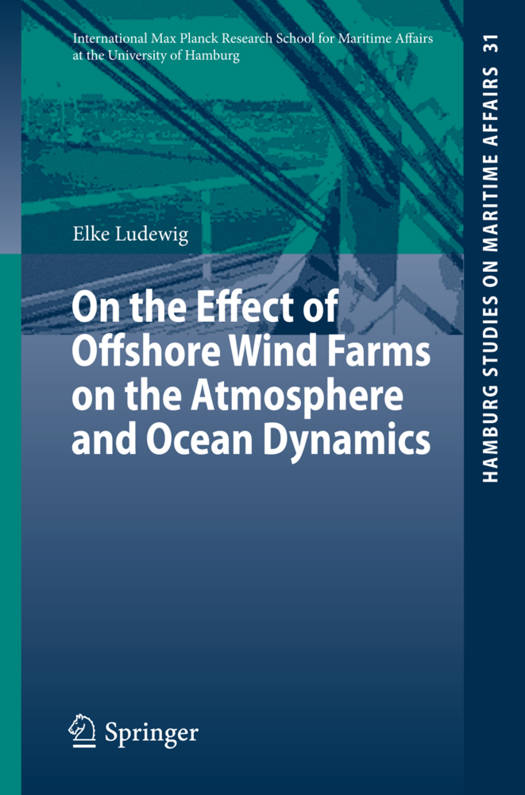
- Afhalen na 1 uur in een winkel met voorraad
- Gratis thuislevering in België vanaf € 30
- Ruim aanbod met 7 miljoen producten
- Afhalen na 1 uur in een winkel met voorraad
- Gratis thuislevering in België vanaf € 30
- Ruim aanbod met 7 miljoen producten
Zoeken
On the Effect of Offshore Wind Farms on the Atmosphere and Ocean Dynamics
Elke Ludewig
€ 52,95
+ 105 punten
Omschrijving
Renewable energy resources now play an essential role in the energy supply debate, and especially a new interest in wind energy has resulted in the intensified construction of wind farms. Thanks to the growing demand for renewable energy, offshore wind farms (OWFs) are increasingly gaining in popularity, since yields over sea are greater and more reliable than over land. Against this background it is becoming particularly urgent to determine whether and if so to what extent such OWF expansion affects our oceans and local climates. OWFs produce a downstream wind speed reduction, the so-called wind-wake effect, which impacts atmospheric boundary layers, alters local wind characteristics and in turn affects ocean dynamics. This book will help readers to understand in detail these OWF-induced changes in the atmosphere and ocean by analyzing model simulations and measurements. In this context, OWF-induced upwelling and downwelling are key aspects.
Specificaties
Betrokkenen
- Auteur(s):
- Uitgeverij:
Inhoud
- Aantal bladzijden:
- 162
- Taal:
- Engels
- Reeks:
- Reeksnummer:
- nr. 31
Eigenschappen
- Productcode (EAN):
- 9783319086408
- Verschijningsdatum:
- 20/11/2014
- Uitvoering:
- Paperback
- Formaat:
- Trade paperback (VS)
- Afmetingen:
- 155 mm x 234 mm
- Gewicht:
- 272 g

Alleen bij Standaard Boekhandel
+ 105 punten op je klantenkaart van Standaard Boekhandel
Beoordelingen
We publiceren alleen reviews die voldoen aan de voorwaarden voor reviews. Bekijk onze voorwaarden voor reviews.











